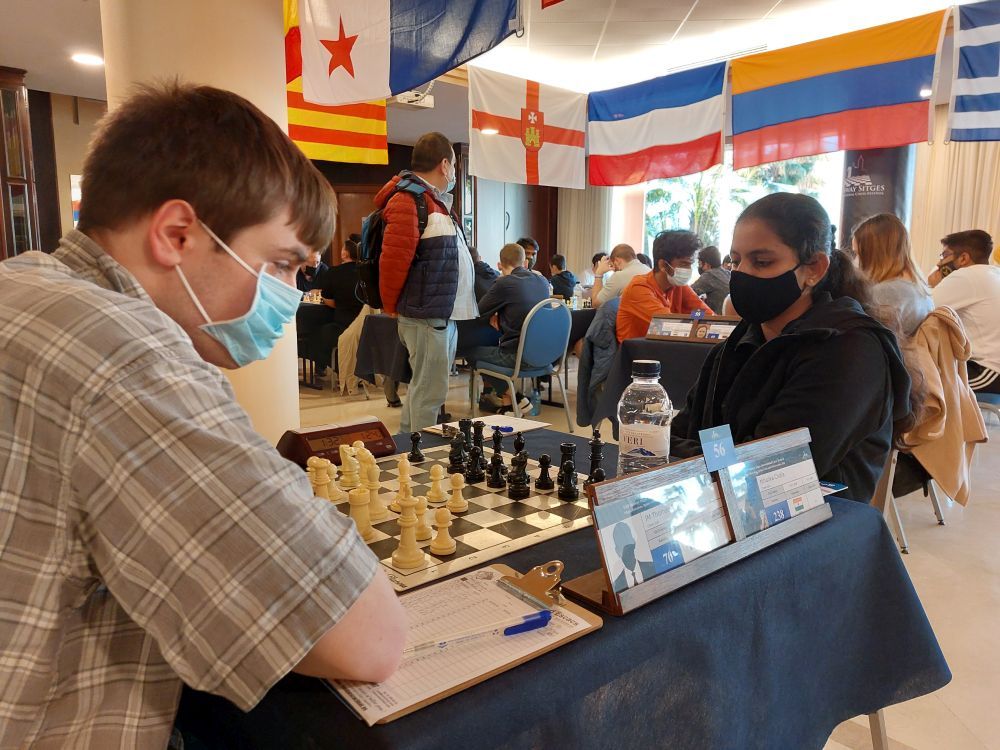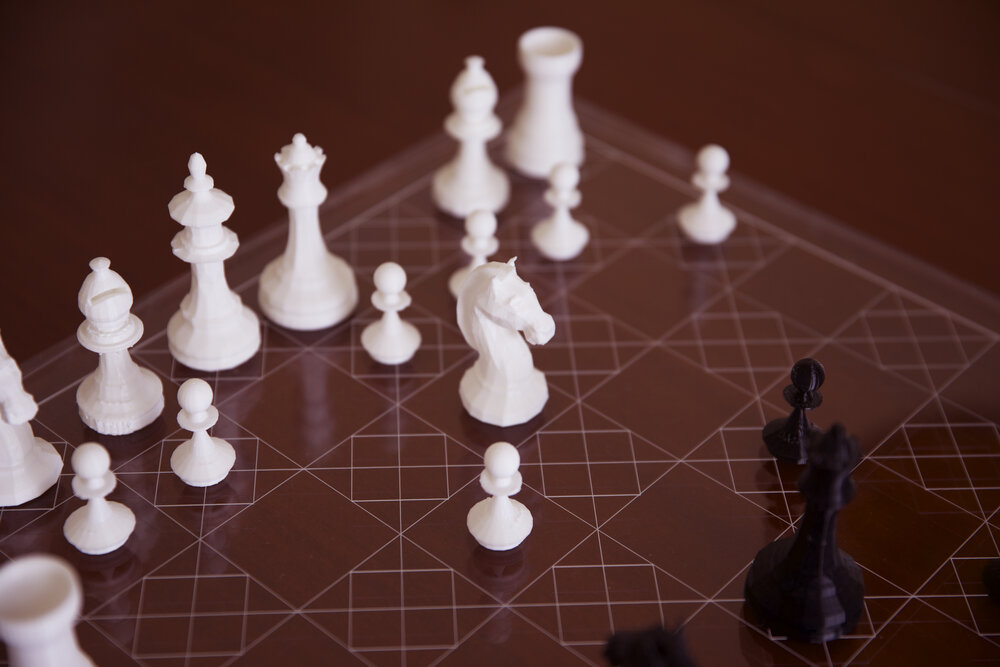Introduction
Chess is a game that combines strategy, tactics, and foresight. Whether you’re a beginner or an experienced player looking to enhance your skills, this comprehensive guide will provide you with practical tips and strategies to become a better chess player. In this article, we’ll explore various aspects of improving your chess skills, from mastering the basics to advanced techniques.
The Fundamentals of Chess
Understanding the Chessboard
- Learn the basics of the chessboard layout
- Familiarize yourself with chess notation
Chess Pieces and Their Movements
- Understand the unique moves of each chess piece
- Practice piece movements to develop muscle memory
Developing a Winning Mindset
Patience and Focus
- Cultivate patience in your gameplay
- Train your mind to stay focused during long matches
Analyzing Your Games
- Learn from your losses
- Recognize patterns in your gameplay
Mastering Openings
Importance of Openings
- Understand the significance of openings in chess
- Learn about common opening strategies
Popular Opening Moves
- Explore popular opening moves such as the King’s Pawn Opening and the Sicilian Defense
- Analyze the strengths and weaknesses of each opening
Middle Game Strategies
Piece Coordination
- Develop strategies for coordinating your pieces
- Recognize the significance of exerting control over the central squares of the chessboard.
Tactical Combinations
- Learn about common tactical motifs such as forks, pins, and skewers
- Practice solving tactical puzzles
Endgame Mastery
King and Pawn Endgames
- Study endgames involving kings and pawns
- Learn key principles for promoting pawns
Rook Endgames
- Understand fundamental rook endgame principles
- Practice converting advantages into wins in rook endgames
Advanced Techniques
Positional Play
- Explore the concept of positional chess
- Study famous games by grandmasters for inspiration
Calculation and Visualization
- Enhance your ability to calculate moves and visualize the board
- Utilize online chess resources and software for practice
- Conclusion
Becoming a skilled chess player takes time, dedication, and a continuous willingness to learn. By mastering the fundamentals, developing a strong mindset, and practicing advanced techniques, you can improve your chess skills and become a formidable opponent on the board.
FAQs
The duration needed to achieve proficiency in chess varies individually from one person to another. With consistent practice and dedication, you can see significant improvement in a few months, but mastery can take years.
Yes, there are numerous online platforms and courses designed to teach chess, such as Chess.com, lichess.org, and various chess YouTube channels and tutorials.
Studying games played by grandmasters can help you understand advanced strategies, tactics, and positional play. It provides valuable insights into high-level chess.
Setting achievable goals, participating in chess clubs or communities, and enjoying the game as a hobby can help maintain your motivation to improve.
While it’s not necessary to memorize all openings, having a good understanding of a few key openings can give you a strategic advantage in your games.
Playing against computer opponents is a useful way to practice and develop your skills, but also try to play against human opponents to learn from different playing styles and strategies.
If you are interested in learning more about Summit School of Chess, please visit our website at https://summitschoolofchess.com/.
Learn more @ Chess School
Special Chess Lessons for Beginners
Chess Tournaments for Kids, Chess Tournaments Near Me
Chess Camps










